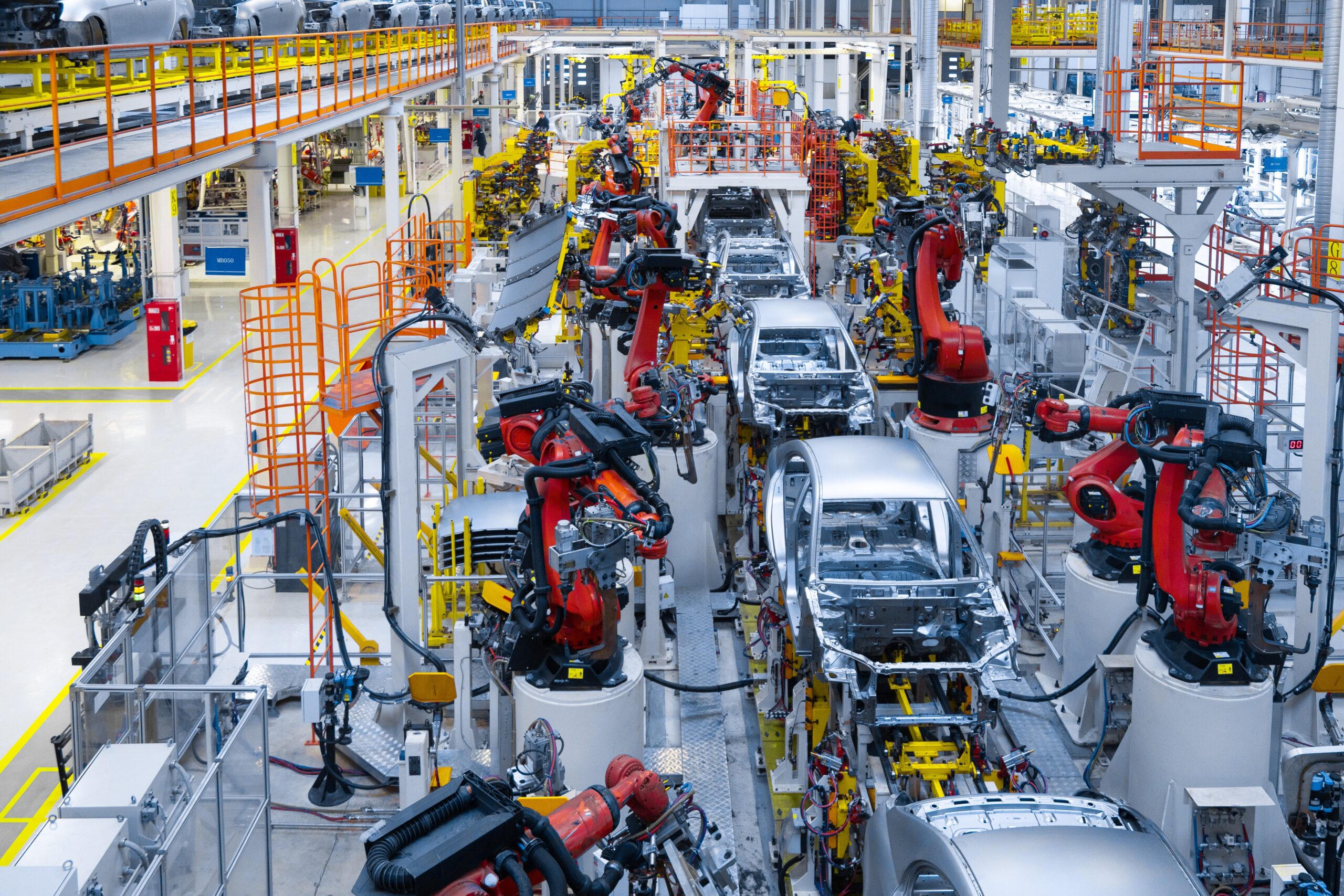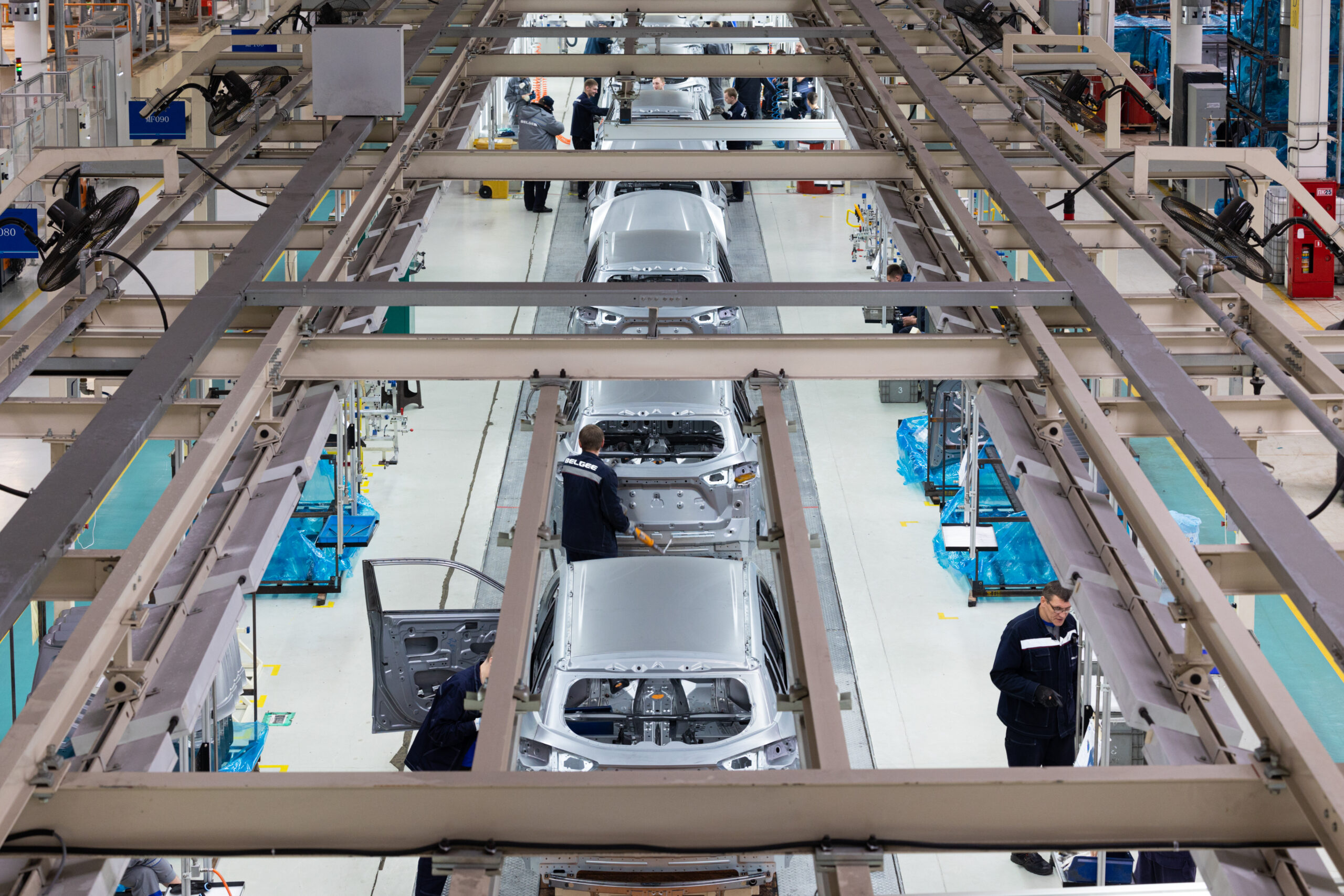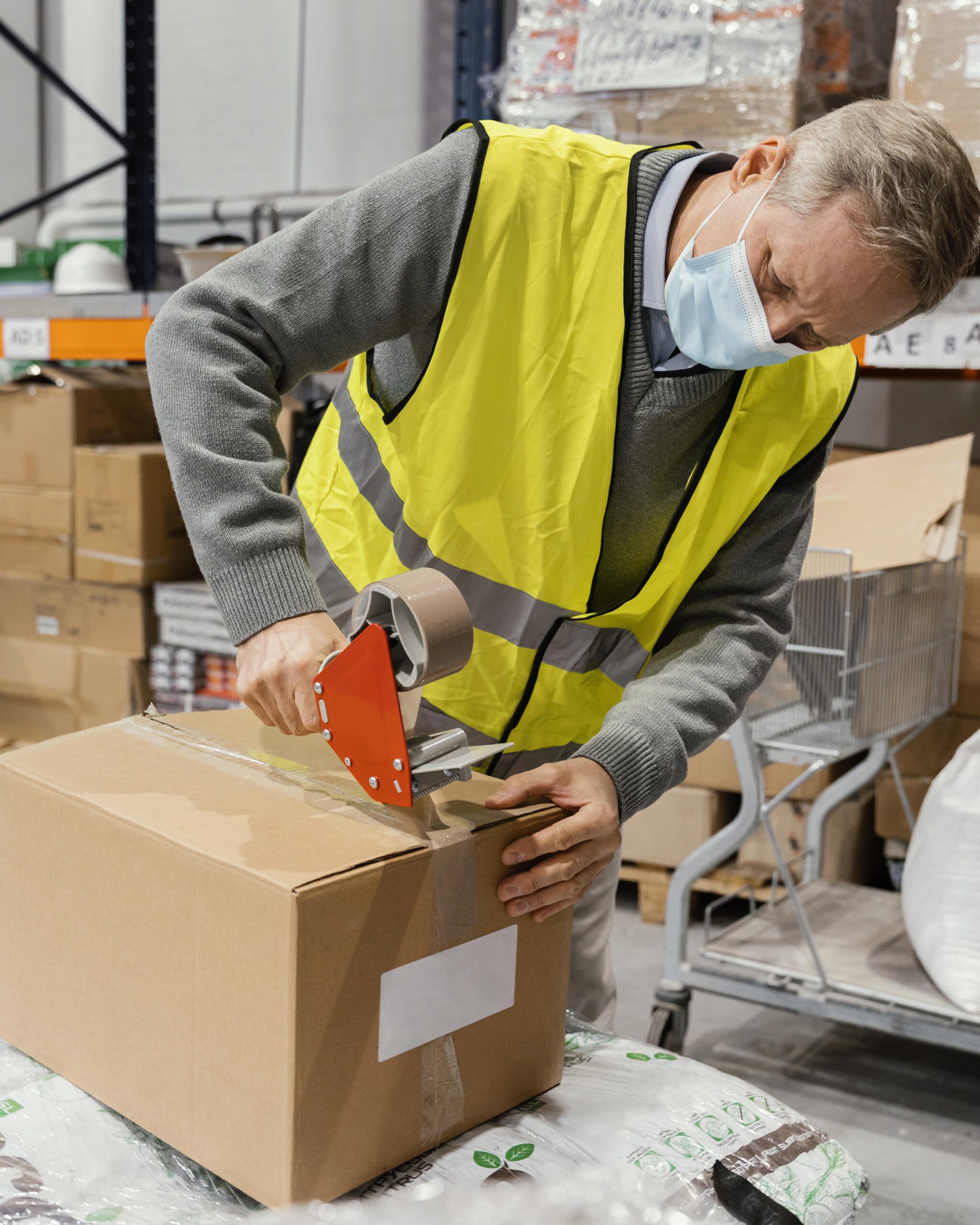How SaaS Solutions Are Transforming Chemical Safety and Waste Management The chemical industry plays a critical role in modern life, driving innovation …

How SaaS Solutions Are Transforming Chemical Safety and Waste Management
The chemical industry plays a critical role in modern life, driving innovation in healthcare, energy, agriculture, and manufacturing. However, it also faces intense scrutiny due to the risks associated with chemical safety and waste management. From hazardous material handling to regulatory compliance, companies must navigate complex challenges to protect workers, communities, and the environment.
In this digital era, Software-as-a-Service (SaaS) solutions are emerging as powerful tools to transform how chemical companies manage safety and sustainability. By replacing traditional manual processes with cloud-based platforms, manufacturers can improve compliance, reduce risks, streamline reporting, and build more sustainable operations.
This article explores the role of SaaS in reshaping chemical safety and waste management, the benefits it offers, and the future it holds for the industry.
The Challenges of Chemical Safety and Waste Management
Before exploring how SaaS is transforming the sector, it’s important to understand the pain points chemical manufacturers face:
- Complex Regulatory Landscape: Global frameworks such as REACH (EU), TSCA (U.S.), and GHS require extensive documentation and reporting.
- Data Overload: Managing safety data sheets (SDS), hazard classifications, and waste records across thousands of chemicals is overwhelming.
- Worker Safety Risks: Exposure to hazardous substances, inadequate training, or improper handling can cause accidents and long-term health issues.
- Waste Disposal Issues: Improper treatment of chemical waste can harm the environment, attract penalties, and damage brand reputation.
- Supply Chain Transparency: Companies must ensure not just their own compliance but also that of suppliers and distributors.
Traditional approaches—spreadsheets, paper records, and siloed systems—are no longer adequate. The industry needs scalable, real-time solutions to meet rising demands for safety and sustainability.
How SaaS Solutions Are Driving Change
1. Centralized Data Management
SaaS platforms offer cloud-based systems that centralize all chemical safety and waste data. Instead of maintaining fragmented spreadsheets, companies can:
- Store and access Safety Data Sheets (SDS) in real time.
- Track hazardous materials throughout their lifecycle.
- Standardize reporting across global sites.
Centralization ensures consistency, accuracy, and transparency, reducing the risk of errors in compliance submissions.
2. Real-Time Compliance Automation
Regulatory compliance often involves tedious reporting and monitoring. SaaS solutions use automation to simplify the process:
- Auto-updating chemical classifications when global regulations change.
- Generating compliance reports instantly across jurisdictions.
- Flagging non-compliant chemicals before shipment.
This not only saves time but also minimizes penalties and delays due to reporting errors.
3. Enhanced Worker Safety
SaaS tools provide digital training modules, mobile apps, and real-time alerts to improve workplace safety:
- Workers can access updated safety protocols on their devices.
- Supervisors can track training completion and safety audits.
- Incident reporting can be streamlined through mobile platforms.
By making safety information more accessible, SaaS reduces the likelihood of accidents and enhances occupational safety compliance.
4. Waste Management Optimization
Chemical waste management is one of the most challenging aspects of sustainability. SaaS solutions help companies:
- Track waste generation at each stage of production.
- Automate disposal scheduling with certified waste handlers.
- Generate sustainability reports on recycling and reuse initiatives.
- Identify opportunities to reduce waste through analytics.
This data-driven approach supports compliance with environmental regulations while also reducing costs.
5. Supply Chain Visibility
SaaS platforms offer end-to-end visibility across the chemical supply chain. Companies can:
- Verify supplier compliance with safety and waste management standards.
- Monitor logistics partners for safe transport of hazardous materials.
- Trace raw materials back to their source for transparency.
This visibility ensures that compliance extends beyond internal operations to the entire value chain.
6. Data Analytics and Predictive Insights
Advanced SaaS solutions leverage AI and machine learning to provide predictive insights:
- Forecast potential safety risks before incidents occur.
- Identify trends in waste generation and disposal inefficiencies.
- Optimize resource usage for sustainability goals.
These insights allow manufacturers to move from reactive compliance to proactive risk management.
Benefits of SaaS in Chemical Safety and Waste Management
The adoption of SaaS solutions offers chemical companies a range of benefits:
- Scalability: Cloud-based systems grow with business needs without requiring heavy IT infrastructure.
- Cost Efficiency: Reduced administrative overhead and fewer compliance penalties save money.
- Improved Accuracy: Automation eliminates human error in regulatory reporting.
- Faster Decision-Making: Real-time dashboards and analytics enable quicker responses to safety risks.
- Global Consistency: Standardized compliance across regions simplifies multi-country operations.
- Sustainability: Better waste tracking and recycling support corporate ESG commitments.
Real-World Applications
- Hazard Communication: Multinational chemical firms use SaaS to manage thousands of SDS across dozens of markets.
- Incident Management: Cloud platforms allow immediate reporting and investigation of workplace safety incidents.
- Waste Tracking: SaaS tools monitor hazardous waste movement from generation to certified disposal, ensuring full traceability.
- Regulatory Updates: Platforms auto-update compliance requirements based on changes in local and global laws.
These applications show how SaaS is becoming the backbone of compliance and sustainability strategies.
The Future of SaaS in the Chemical Industry
Looking ahead, SaaS will continue to evolve and play an even greater role in chemical safety and waste management:
- AI-Powered Compliance: Predictive analytics will anticipate risks and recommend preventive actions.
- Blockchain for Traceability: Immutable records will enhance trust across global supply chains.
- Integration with IoT: Connected sensors will provide real-time emissions and waste data directly into SaaS platforms.
- Customized ESG Reporting: SaaS will support detailed sustainability disclosures for investors and regulators.
By 2030, SaaS solutions are expected to become the standard in chemical safety and waste management, enabling manufacturers to balance compliance, profitability, and sustainability.
Conclusion
The chemical industry faces immense challenges in ensuring safety, managing waste, and meeting global compliance standards. Traditional approaches are no longer sufficient in a world where regulations, sustainability demands, and stakeholder expectations are constantly rising.
SaaS solutions are transforming chemical safety and waste management by offering centralized data, real-time compliance, supply chain transparency, and predictive analytics. For manufacturers, adopting these tools is not just about keeping up with regulations—it’s about building safer workplaces, reducing environmental impact, and driving sustainable growth.
In an era where digital transformation is reshaping every industry, SaaS stands out as the future-ready solution for chemical companies aiming to stay competitive and responsible.
Emerging Trends in Chemical Regulatory Reporting for 2025 and Beyond. The chemical industry is entering a transformative phase where regulatory reporting is …
The Role of ESG in Building a Sustainable Chemical Supply Chain The chemical industry is at the heart of global progress, powering …
Global Chemical Safety Compliance Challenges Faced by Manufacturers The chemical industry is one of the world’s most dynamic and impactful sectors, fueling …
Workforce Training for the Future of Mobility The automotive sector is in the midst of a speeding change with the advent of …
EV Manufacturing and Carbon Reduction Roadmaps The transition to electric vehicles (EVs) is revolutionizing the automotive sector. As EVs hold the promise …
IATF 16949 Compliance Made Simple in Automotive Manufacturing Obtaining compliance with IATF 16949, the worldwide quality management standard for the automotive market, …
Reducing Automotive Recalls with Data Manager Automotive recalls are expensive, harmful to brand image, and disruptive to production timelines. No matter the …
Programs That Build Greener Operations in Packaging Greener packaging is no longer a choice—it’s a business necessity. To get to greener operations, …
Sustainable Packaging Production Without Complexity The packaging market is coming under mounting pressure to provide sustainable solutions. Consumers, regulators, and brands are …
Costs of Scrap and Idle Time in Plants In the packaging business, speed and accuracy are paramount. But two quiet profit-killers—scrap and …
Time Data to Eliminate Packaging Line Defects In packaging, efficiency and quality are paramount. One blemish on the pack line—misprints, sealing flaws, …
Building a Skilled Workforce for Greener Mills The textile industry’s future is sustainable production, and skilled labor is the core of that …











